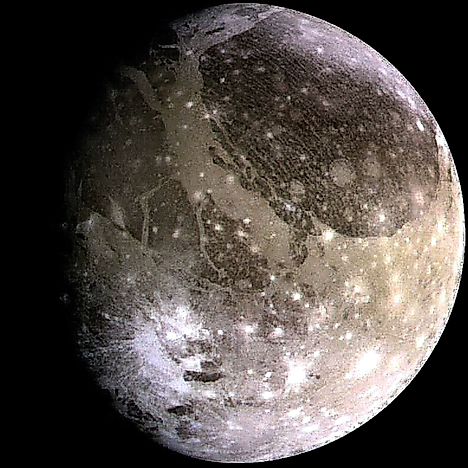

Cross references between these old and new names have been noted in the "Additional Information" field of the gazetteer. Informal names and names that have been changed are not shown. Over the decades, many informal names have been used on the Moon and some IAU-approved names have been officially changed. The lettered crater names included in the Gazetteer of Planetary Nomenclature, and therefore in this atlas, are found in the definitive source "NASA Catalogue of Lunar Nomenclature" (NASA Reference Publication 1097).

The maps shown here include only names that are formally approved by the IAU and are currently in use. These names are of various feature types: catenae, craters, dorsa, fossae, lacūs, landing site names, maria, montes, oceanus, paludes, planitiae, promontoria, rimae, rupēs, lettered craters (called "satellite features" in the gazetteer), sinūs, and valles. Maintains the Gazetteer of Planetary Nomenclature on behalf of the IAU with funding from the National Aeronautics and Space Administration (NASA).Īt the time of this writing, there are 9,003 IAU-approved names in use on the Moon (not including names that have been dropped but are retained in the gazetteer for reference). The Astrogeology Science Center of the U.S. Of Planetary Nomenclature, which is a dynamic listing of IAU-approved planetary surfaceįeature names. Web site are based on the information contained in the Gazetteer Internationally recognized authority for assigning nomenclature to planetary surface features. The International Astronomical Union (IAU) is the As new names are approved, they are added to the maps so users have access to the most recent changes in lunar nomenclature. The purpose of the lunar maps presented here is to provide an up-to-date and comprehensive depiction of lunar nomenclature. “And that energy can create under-ice oceans, maybe even habitable zones.Index map courtesy of Ben Bussey, adapted from The Clementine Atlas of the Moon, Cambridge University Press. “The same gravity that causes all these weird phenomena that we’re seeing on these little moons causes energy to be pumped into some of the larger ones,” says Terrile. Understanding Pan and Atlas may be key to understanding gravity’s role in all of Saturn’s moons. “It may also be some kind of gravitational tidal effect from being near all this ring material,” says Terrile. The dominant theory for how the ridges form is that because the moons’ diameters are so much larger than the ring’s thickness, they gather material along their equators as they plow through stray ring particles. The two moons are approximately the same size, but Pan is embedded within a ring, and Atlas is along the outer edge. “What is especially interesting is the extent to which the soft material seems to bury and mute any crisp-looking topographic features even on the central ‘core’ structure,” says Paul Helfenstein at Cornell University in Ithaca, New York, who helped plan the flyby.Īnother moon, Pan, also has an equatorial ridge, but another recent flyby showed its ridge is rough with tension cracks and craters. “It looks like it’s covered in some kind of fluffy material.”

“It looks more subdued than I expected,” Terrile says. We already knew Atlas has a UFO-like ridge around its equator, but surprisingly, the new images show that ridge is smooth. “This is a really interesting kind of dynamical dance that these moons do with the ring particles.” But instead, the ring’s shape is held by two other moons, Janus and Epimetheus. “At the time, we thought the satellite was holding out the edge of the A ring,” Terrile says. But Atlas appears to be a shepherd moon that isn’t responsible for shepherding ring particles. Some of Saturn’s moons, called shepherd moons, use their gravity to keep the planet’s famous rings in check.


 0 kommentar(er)
0 kommentar(er)
